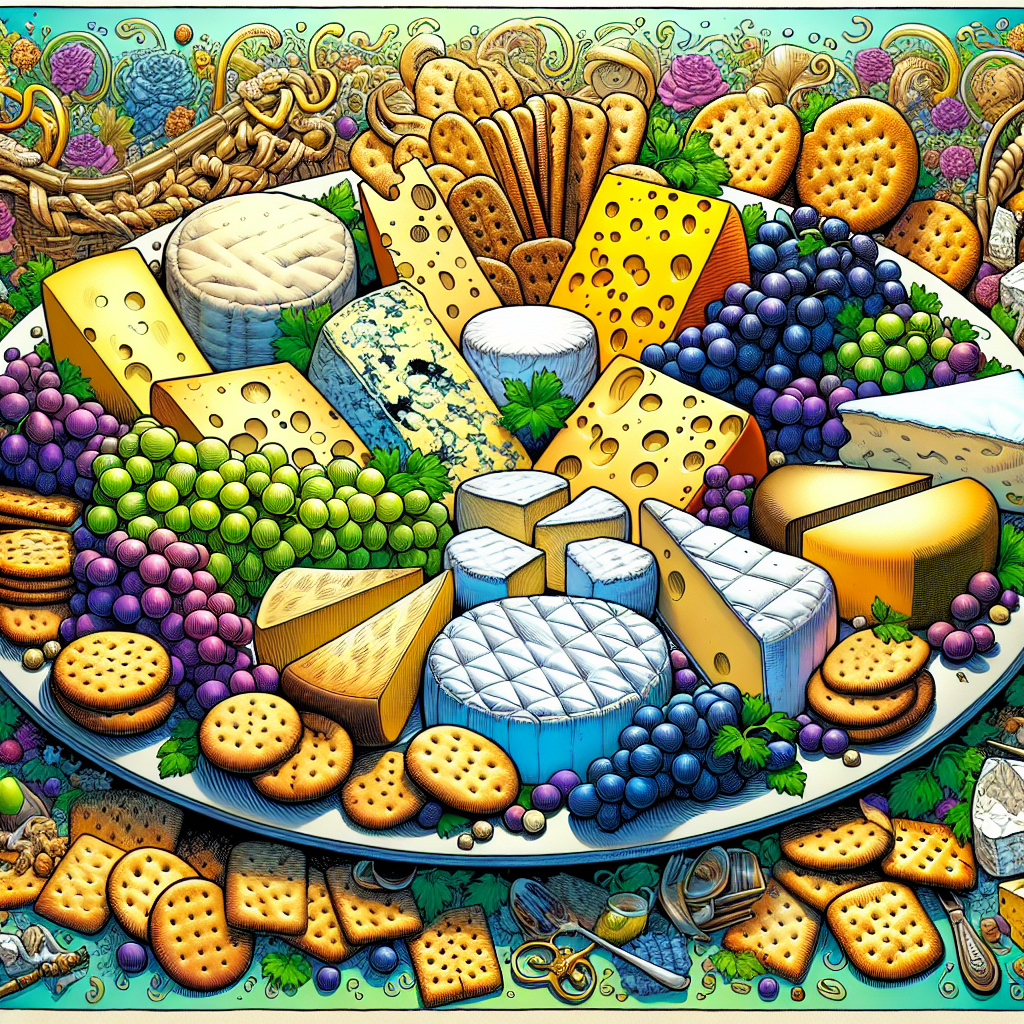A Brief History of Cheesy Beginnings
Cheese, that delightful dairy delight, has a history almost as rich and varied as its flavors. Legend has it that cheese was discovered by accident around 8000 BC some brave soul stored milk in a container made from an animal’s stomach. The rennet enzyme in the stomach lining curdled the milk, creating the first rudimentary cheese. Since then, cheese-making has evolved into an art form in itself.
The Science Behind Swiss: How Cheese is Made
To convert milk into that piquant pleasure we call cheese, skilled artisans combine bacteria cultures and rennet with milk to initiate the coagulation process. The resulting curd is then cut and typically separated from the whey before being allowed to mature for a specific duration depending on the desired variety. From Gouda to Roquefort, each cheese undergoes its unique journey of fermentation and aging to develop its distinct character.
A World of Fromages: Flavors Across the Globe
From creamy Brie in France to tangy Cheddar in England and pungent Blue cheeses from around the world, every region produces cheeses reflecting its cultural and environmental influences. Some cheeses are washed in wine, others cave-aged for months, giving rise to a vast spectrum of textures and tastes. Embark on a global tour through cheese platters without leaving your dining table!
Culinary Delights: Cheese Pairing Secrets Unveiled
Pairing cheese with complementary ingredients can elevate your gastronomic experience to new heights. The saltiness of aged Parmesan sings with the sweetness of fresh figs, while the creaminess of Camembert finds a perfect companion in crisp apples. Not to mention the hearty joy of melting Raclette over potatoes for a cozy winter dish truly, cheese knows how to play matchmaker.
The Healthy Scoop: Surprising Benefits of Cheese
Despite its reputation for decadence, cheese offers more than just gustatory pleasures it also boasts numerous health benefits. High in protein, calcium, and vitamin D, cheese can contribute to bone health and strengthen teeth. Additionally, certain varieties like feta and mozzarella are relatively lower in calories and fat. So go ahead, indulge sensibly in that cheesy goodness!
Notes
- According to the International Dairy Federation (IDF), over 20 million tons of cheese are produced annually worldwide.
- The United States is the top producer of cheese globally, churning out around 5.7 million metric tons annually.
- Cheese contains essential nutrients like calcium, phosphorus, zinc, Vitamin A, and Vitamin B12.
- Cheddar cheese is one of the most popular types worldwide, with millions of pounds produced each year.
- Parmigiano-Reggiano must be aged for a minimum of 12 months according to the traditional Italian guidelines.

